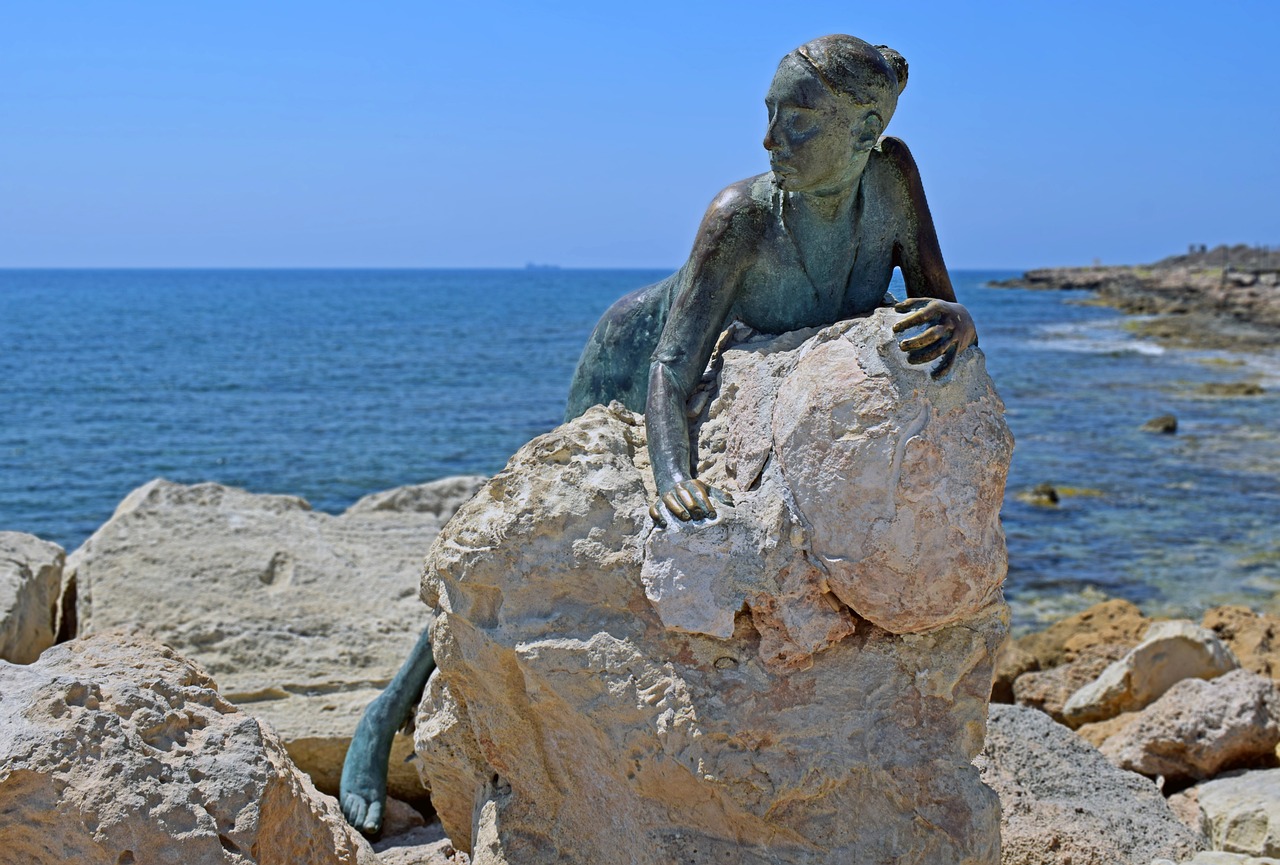Aphrodite, the revered goddess from ancient Greek lore, embodies love, beauty, and desire, captivating human imagination across eras. Our previous exploration delved into her broader narrative; this time, we will concentrate on the key symbols that encapsulate her essence.
In both artistic expressions and mythological contexts, the emblems representing Aphrodite often elicit themes of affection, passion, and sensuality. Among her most significant symbols are the white dove, seashells, myrtle, roses, sparrows, and swans. These symbols do not merely relate to the goddess’s mythology but also resonate with timeless notions of love and beauty.
Aphrodite’s worship was rooted in ancient practices, where she represented love and fertility. Her influence permeated art and literature, deeply entwined with the cultural fabric of the Mediterranean. By investigating the rich symbolism associated with this legendary figure, we uncover the values and aesthetics that defined the ancient realm.
Origins of Aphrodite’s Symbolism
Etymology and Connection to ‘Foam’
The name Aphrodite is thought to translate as “arisen from the foam,” a reference made in Hesiod’s Theogony. This connection to “foam” holds significance within her birth narrative. Legend has it that she emerged from the sea’s foam, establishing a link between her identity and the ocean.
Birth Narrative
Aphrodite’s origin diverges from traditional mythological familial ties among the gods. Her genesis stems from a brutal act involving Uranus, the primordial sky god, who was castrated by his son Cronus. The severed genitals of Uranus were tossed into the sea, creating the foam from which Aphrodite arose. This juxtaposition of her violent beginnings and her role as a goddess of love accentuates her complex character.
Primary Symbols of Aphrodite
The White Dove
Aphrodite is frequently symbolized by the white dove, which represents love, peace, and spirituality. Artistic renderings often portray the goddess with doves, illustrating her deep-rooted connections to love’s divine essence.
The Seashell
The seashell stands as another pivotal symbol associated with Aphrodite. It signifies feminine beauty and charm, often depicted as the base upon which she stands or beside her in art. This association resonates with her origins in the sea while symbolizing love’s transformative power.
Botanical Symbols: Myrtles and Roses
Myrtle and roses are closely linked with Aphrodite, embodying love, passion, and desire. Myrtles were commonly found in Greek shrines dedicated to her, while roses captured the fiery spirit of her allure. Each of these symbols highlights her multifaceted representation of love in Greek mythology.
Arts depicting Aphrodite frequently incorporate these symbols, enhancing her recognition and reverence among her admirers.
Aphrodite’s Symbols in Art and Sculpture
Aphrodite has often been represented with an idealized, delicate beauty that embodies her divine attributes. Iconic sculptures, like the Venus de Milo, evoke classical notions of beauty. Artists throughout history, including Praxiteles, have sought to capture her essence, showcasing her physical form intertwined with symbols of love.
Artistic representations often include doves, resting on or circling her, epitomizing her gentle and affectionate nature. The rose stands as another emblem that highlights her passionate aspect. Moreover, depictions sometimes showcase her holding a mirror, a nod to her beauty and self-adoration. This artistic motif emphasizes the duality of her strength—both as a muse of beauty and a figure who inspires desire among mortals.
Throughout history, Aphrodite’s symbols have served as potent representations of her divine qualities, orchestrating a lasting impact that continues to ignite artistic endeavors today.
Contemporary Relevance of Aphrodite’s Symbols
In modern society, the symbols associated with Aphrodite maintain their influence across cultures, including art, literature, and advertising. As the embodiment of love and beauty, her symbols such as the dove and rose have transcended time, retaining relevance in contemporary life.
Doves universally represent love and peace, extending beyond Aphrodite, as they often grace wedding ceremonies, denoting purity and new beginnings.
Roses, especially red varieties, command significant affection linked to Aphrodite. In antiquity, these flowers adorned her temples, symbolizing beauty and love’s fervor. Today, roses continue to serve as a potent emblem of romantic gestures.
Aphrodite’s depiction in classical art has shaped contemporary understandings of feminine beauty. Her alluring qualities continue to inspire modern creators, including filmmakers and authors, celebrating ideals tied to her persona.
Moreover, the allure of Aphrodite has found its way into advertising. Brands harness her essence to forge connections between their products and the feelings of attraction and beauty that she encapsulates.
Frequently Asked Questions
What Flower is Associated with Aphrodite?
Roses, particularly, stand out as a profound symbol linked to Aphrodite, representing love and passion, closely aligning with her attributes.
Why is the Dove Considered a Symbol of Aphrodite?
The dove stands as an emblem of peace and love, inherently representing the goddess’s attributes. Believed to be her sacred birds, doves often accompany her in mythology.
What Animal is Symbolically Linked to Aphrodite?
The dolphin is another animal associated with Aphrodite, symbolizing playfulness and affection, reflecting the joyous aspects of love.
What Symbols are Attributed to Aphrodite?
Her prominent symbols include doves, roses, dolphins, seashells, and mirrors, each conveying unique meanings from peace and love to beauty and self-reflection.
How Does the Mirror Relate to Aphrodite’s Symbolism?
The mirror signifies her connection to beauty and self-awareness, representing her consciousness of her own allure and power.



